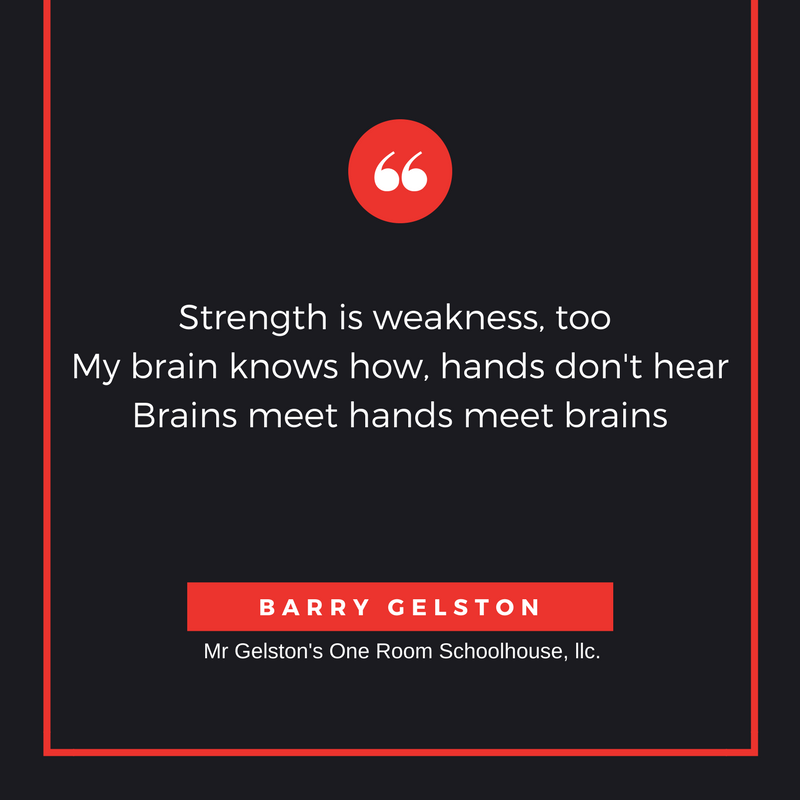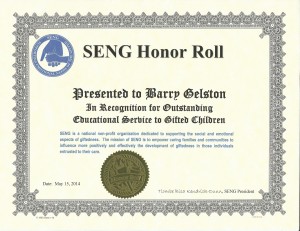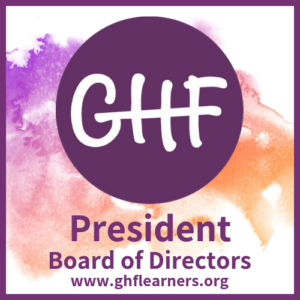
Asynchronous Development
A common phenomenon that I experience with my gifted learners is that their intellectual development is not at the same pace as their physical development (a form of asynchronous development). Thinking floods their heads, their mouths can’t form the words in time, and their hands certainly cannot keep up with their heads trying to write what is coming out. Organizing all of these abilities is not easy and requires help.
It is our job as educators and parent-educators to support gifted learners to create a successful process that acknowledges these challenges and integrates thinking and doing. However, the result is often that gifted kids depend primarily on doing math solely in their heads. For some who are extreme outliers, they have the ability to do complicated math in their heads, but the remaining learners struggle to maintain the organization of following through on complicated math problems.
Gifted Kids who Knew Infinity
A wonderful example of a gifted person who did his math in his head, comes from the movie, The Man Who Knew Infinity, where Srinivasa Ramanujan is a mathematician growing up in India who goes to Cambridge to work with G. H. Hardy. Watching the movie, I was overwhelmed with the shared experience that I see with my gifted learners. Ramanujan struggles to fit in with the rigors of the structured style of proofs to express and organize his ability to prove solutions to great problems. Even though Ramanujan is able to create great seeds of solutions in his head, he is not able to follow through with his proofs to the end. He needs to be able to combine his brilliant creativity with structure, the two partners of ultimate success. His mentorship with G. H. Hardy, helps Ramanujan to reach his potential.
It is this partnership of creativity and structure that will help learners to become joyful and masterful mathematicians.
Barry Gelston, M.Ed.
Although I am not working with my learners to solve the great problems of the day, I am supporting them to develop their own learning infrastructure to be able to communicate with themselves and others their understanding of the mathematical process. The process starts early on by physically and orally engaging in solving elementary problems. Where possible, learners get to integrate the use of math manipulatives, make meaningful notations in the form of text, pictures, and even doodles, while also explaining their process verbally. The educational goal is to find the initial connection that makes sense and to then bring in other body functions to learn: thinking, speaking, and manipulating.
Metacognition
As educators, we have many tools to support the development of all of these skills, but the learner has to be able to see that they need help and are willing to accept help. For our kiddos, we have the tool of metacognition, to help them to recognize and then to understand how to problem solve their own needs. I rely on natural consequences to instruct each learner to seek new ways to succeed for themselves. As the facilitator of learning, I am able to guide the learner to use the rest of their bodies and the outside world to support their thinking.
A construct that I have created for kids to come up with their own solutions is the term “brain cache” in the context of math education as a way to explain the need for using tools. I combine the computer term of caching to help learners see that they can use tools to extend their brains through writing on paper, using LaTeX on a shared whiteboard, and verbally discussing their approach. For most learners, using this caching process is important for them to learn in slow motion the detailed moves that are hard to follow and keep track of in their heads.
Sometimes Our Bodies Need Help
Still, the solution may require physical training. I have worked with 2e learners who do not have good physical coordination and some who have had to deal with bimanual coordination issues. These issues are outside of my realm as a math educator but I do recommend the use of professionals to diagnose and support these issues. Many parents that I work with, focus on their children to develop good coordination skills. Many engage in games and athletics that require the development of coordination, while others work on handwriting and other skills with physical and occupational therapists. As an educator, I am able to provide a safe place to practice those skills during learning.
At the end of the day, it takes teamwork from parents, learners, and educators. I see my job as trying to include as much as the body in learning as I can within my educational context. My overall goal is for the learner to create a problem-solving experience where they are able to make strategic decisions carefully which lead to executing functions with a certain amount of automaticity. It is this partnership of creativity and structure that will help them to become joyful and masterful mathematicians.



